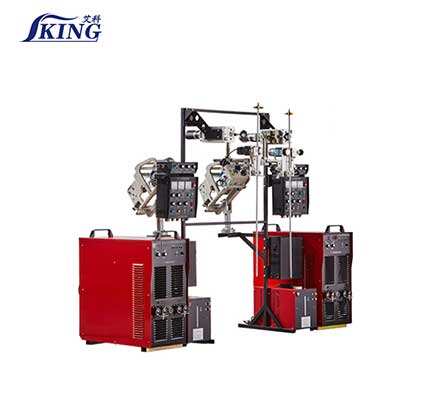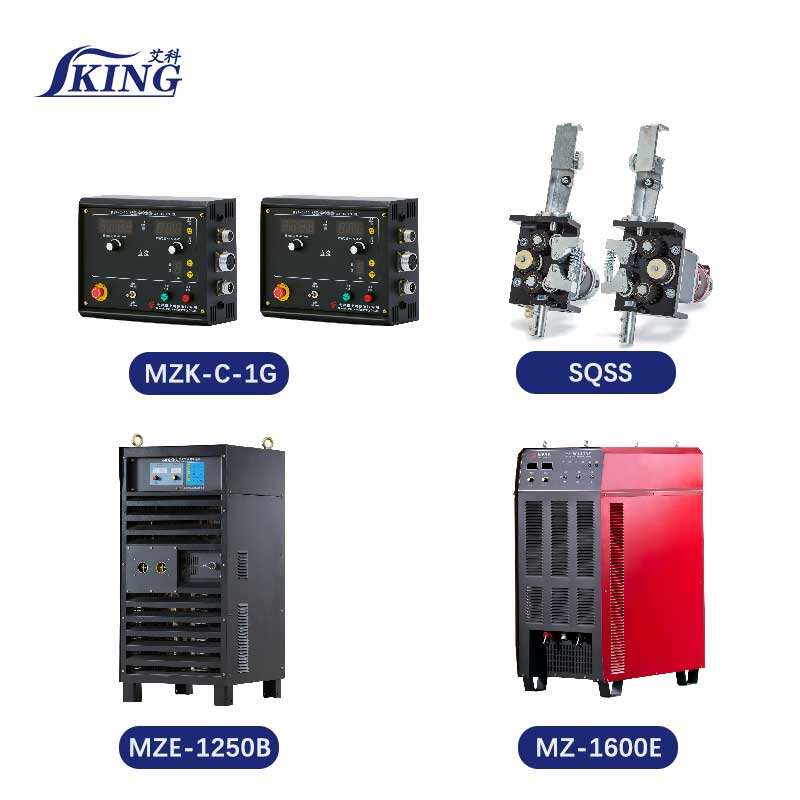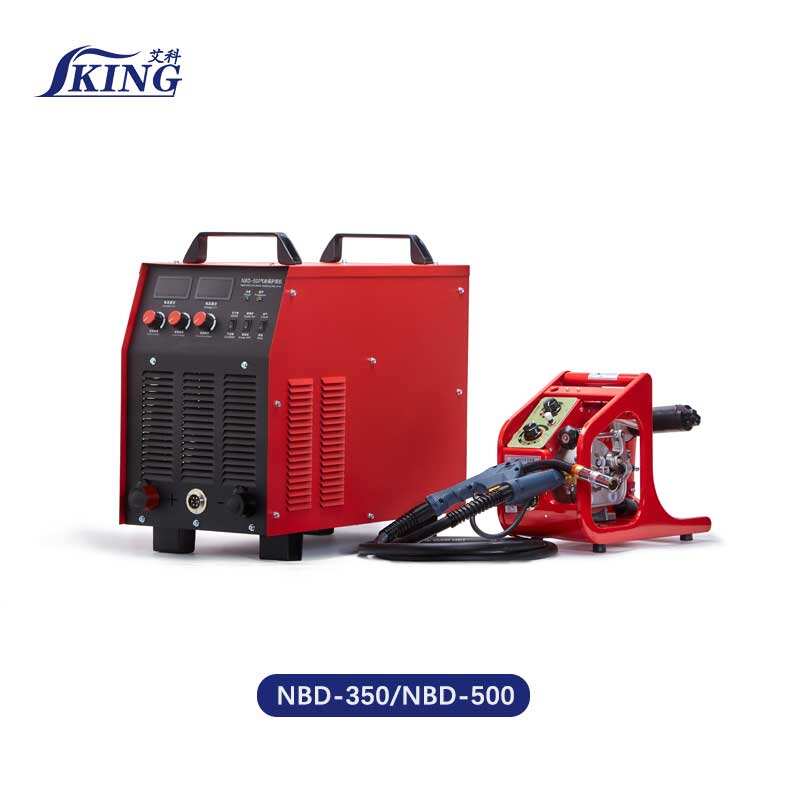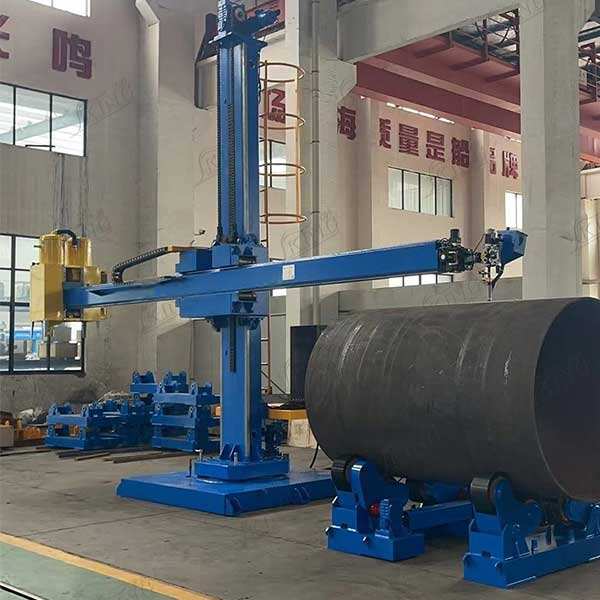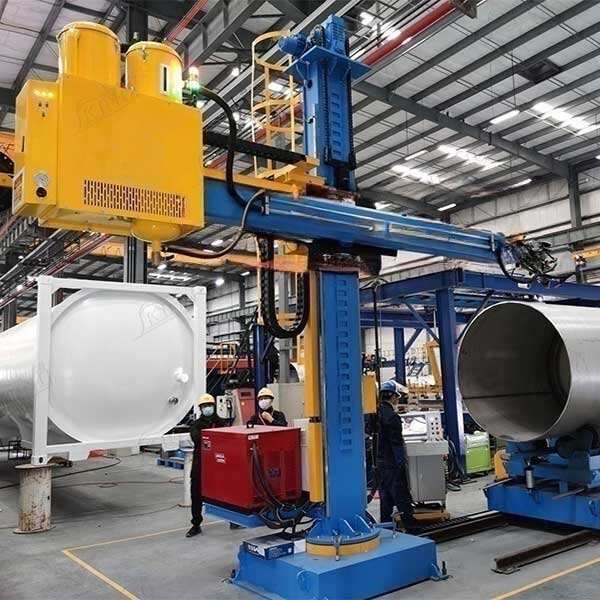the column welding machine
The column welding machine represents a significant advancement in automated welding technology, designed specifically for precision welding of vertical structures and columns. This sophisticated equipment combines robust mechanical engineering with advanced control systems to deliver consistent, high-quality welds in industrial applications. The machine features a vertical movement mechanism that allows for smooth travel along the workpiece, while maintaining precise control over welding parameters such as speed, temperature, and penetration depth. Its modular design incorporates multiple welding heads that can operate simultaneously, significantly improving productivity and efficiency. The system includes advanced sensors and real-time monitoring capabilities that ensure weld quality and consistency throughout the entire process. Particularly noteworthy is its ability to handle various material thicknesses and types, making it versatile for different industrial applications. The column welding machine typically includes automated wire feeding systems, integrated cooling mechanisms, and programmable controls that allow for customized welding parameters based on specific project requirements. This equipment has become essential in industries such as structural steel fabrication, heavy equipment manufacturing, and construction, where precision and reliability in vertical welding applications are crucial.

